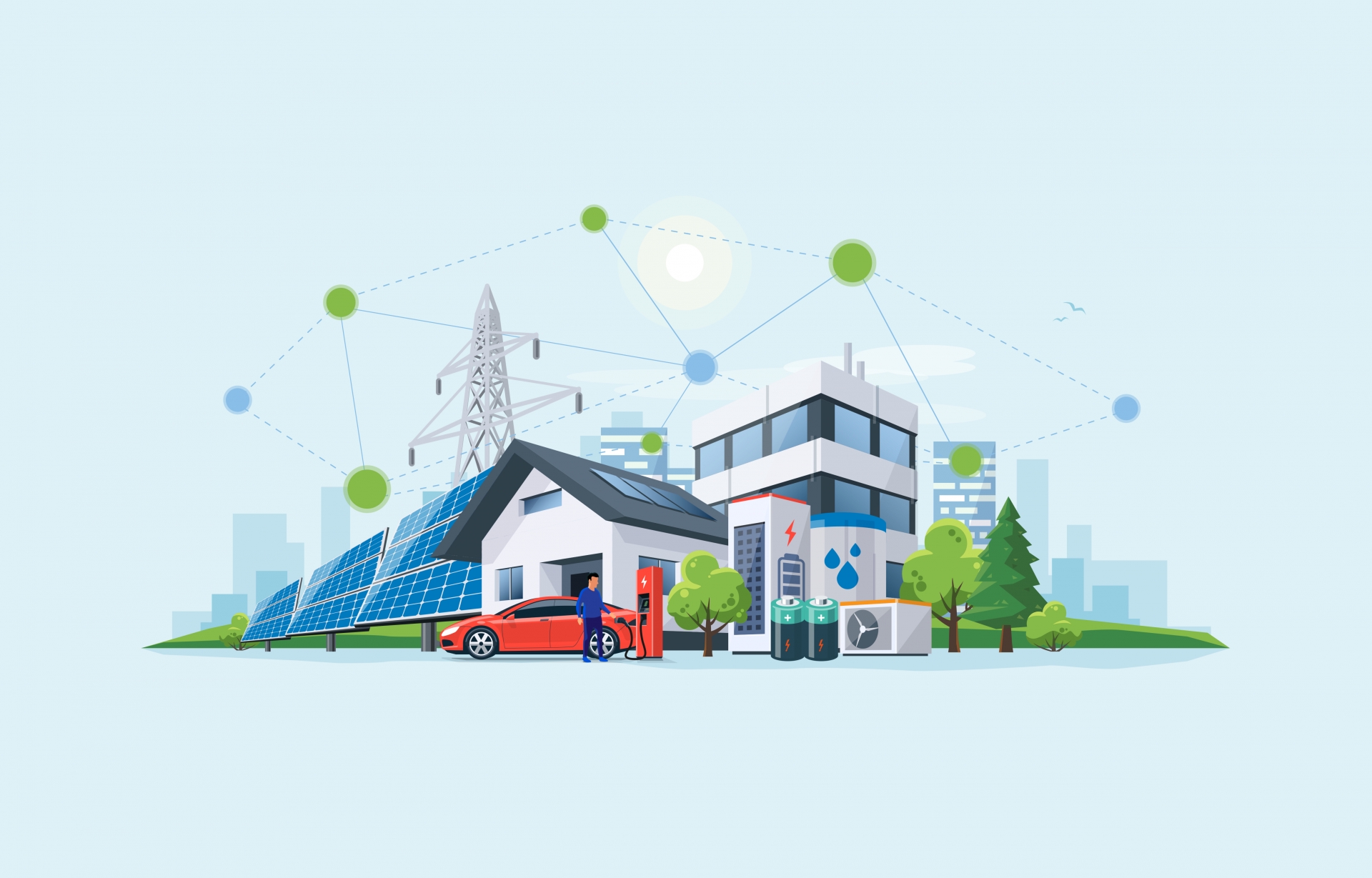
Introduction:
Embracing a clean energy home is a transformative journey towards sustainable living. This article explores the various aspects of creating a home powered by clean energy sources. From solar panels to energy-efficient appliances, discover the key components that contribute to a clean energy home and the environmental and financial benefits associated with this eco-friendly lifestyle.
Solar Power: A Cornerstone of Clean Energy Homes:
At the heart of a clean energy home is solar power, a renewable energy source that harnesses the sun’s energy to generate electricity. Installing solar panels on the roof or in the yard allows homeowners to tap into this abundant and clean energy resource. Solar power not only reduces dependence on traditional energy grids but also contributes to a significant reduction in carbon emissions.
Energy-Efficient Appliances and Lighting:
Creating a clean energy home involves more than just generating clean power—it extends to how that energy is utilized. Energy-efficient appliances, from refrigerators to washing machines, play a crucial role. LED or CFL lighting, compared to traditional incandescent bulbs, consumes significantly less energy and has a longer lifespan, making them essential components of a clean energy home.
Smart Home Integration for Optimal Energy Management:
Smart home technology is a key player in optimizing energy usage in a clean energy home. Automated systems can adjust lighting, heating, and cooling based on occupancy and time of day. Smart thermostats, for example, learn and adapt to your preferences, ensuring efficient energy use. This integration contributes to both energy savings and increased overall home comfort.
Green Building Materials and Energy-Efficient Design:
From the ground up, a clean energy home incorporates green building materials and energy-efficient design principles. This includes insulation that minimizes heat loss, energy-efficient windows, and sustainable materials with a lower environmental impact. Such design elements enhance the home’s energy efficiency and contribute to a healthier indoor environment.
Energy Storage Solutions for Round-the-Clock Power:
While solar panels generate electricity during the day, energy storage solutions are vital for ensuring a continuous power supply. Home battery systems, such as lithium-ion batteries, store excess energy generated during peak sunlight hours. This stored energy can then be utilized during periods of low sunlight or in the event of a power outage, providing homeowners with round-the-clock clean power.
Water Conservation and Clean Energy Homes:
A holistic approach to a clean energy home includes water conservation practices. Installing water-efficient fixtures, capturing rainwater for landscaping, and utilizing graywater systems contribute to reducing water consumption. These measures align with the overall goal of creating an eco-friendly and sustainable living environment.
Environmental and Financial Benefits:
The benefits of a clean energy home extend beyond the personal sphere. Environmentally, reducing reliance on fossil fuels and conventional energy sources decreases carbon emissions, mitigating climate change. Financially, homeowners stand to gain from reduced energy bills, potential government incentives, and increased property value associated with sustainable and energy-efficient homes.
Community Engagement and Advocacy:
Building a clean energy home goes hand in hand with community engagement and advocacy. Sharing experiences, participating in local clean energy initiatives, and advocating for sustainable practices contribute to a collective effort towards a greener future. Clean energy homeowners can inspire and motivate others in their community to adopt similar practices.
Educational Resources for Clean Living:
Education is key to fostering a clean energy lifestyle. Access to educational resources, workshops, and community events enables homeowners to stay informed about the latest clean energy technologies and practices. Being part of a knowledge-sharing community enhances the collective impact of clean energy homes.
Conclusion:
In conclusion, creating a clean energy home is a holistic endeavor that involves harnessing clean power, optimizing energy usage, and embracing sustainable practices. From solar panels to energy-efficient design, every aspect contributes to a healthier, more environmentally conscious lifestyle. To embark on the journey of building a clean energy home, visit Clean Energy Home for expert guidance and support tailored to your sustainable living goals.
